This tutorial will walk you through the steps required to install the Ubuntu 9.10 operating system (Karmic Koala) on your computer. I have a Suzuki Kuiper 1411 HKS notebook computer with 2.1 GHz Intel Dual Core processor, 4GB RAM and 320GB hard drive. It has a dedicated 256MB Nvdia GeForce 9300M GS graphics card and 1270++MB of VRAM in SLI mode.
Search Google for Ubuntu 9.10 and download the ISO CD, or just go directly to the download page here.

I used the Intel x86 32bit desktop CD and burnt it onto a blank CD. Be sure to set it at the slowest burn speed possible to avoid errors. Perform an MD5 check to verify your CD is free of errors.
Tip
- For dual boot with Windows, defragment your hard disk before you start installing Ubuntu.
Go to your computer's setup page during boot (For my PC, I pressed F2). Then change the boot order to read your DVD drive first.

Load your Ubuntu 9.10 CD and proceed to boot. As the screen appears, select your language. There will be a bunch of options: install on hard disk, boot from first hard disk etc...

Select Install Ubuntu.

Choose your installation language.

Select your region and time zone.

Select your keyboard settings (I picked USA).

Configure DHCP (Dynamic Host Control Protocol). I choose "Do not continue the network at this time".

Choose guided partitioning. If you want to dual boot, choose "resize SCSI, partition #1 and use freed".

Choose the partitioning method.

- By percent
Contrary to what is said, it did the opposite! I recommend to put 70-80% if you have a 250-320 GB hard disk,. It will shrink your existing partition to 70-80% of its original size and make use of the freed up space (about 20-30 GB of your hard drive) for Ubuntu. - By size
Indicate the size you want left on your hard drive. Roughly speaking, for a 80GB space, put 60GB so that 20GB will be used by Ubuntu.
Write changes to disk.

When finished partitioning, it will ask for your username.

Enter your password.

Verify your password.

Type your "real name" if you want to.

Indicate your computer name or host name.

Do you want to encrypt your home directory?

Let it finish installing until "Configuring grub-pc" appears. If you have Windows already installed, it will ask to modify your master boot record. Choose "Yes".

After the installation is complete, remove the CD and restart your PC.

On Boot GRUB menu, choose "Ubuntu, with Linux 2.6.31-14-generic" and press Enter. It will look somewhat like this.

I've upgraded my system to 10.04 Lucid, so I have 2 Ubuntu boot loader kernels (remove unused kernels through Synaptic).
To learn how to upgrade this version of Ubuntu to 10.04 (Lucid Lynx), visit my other tutorial.





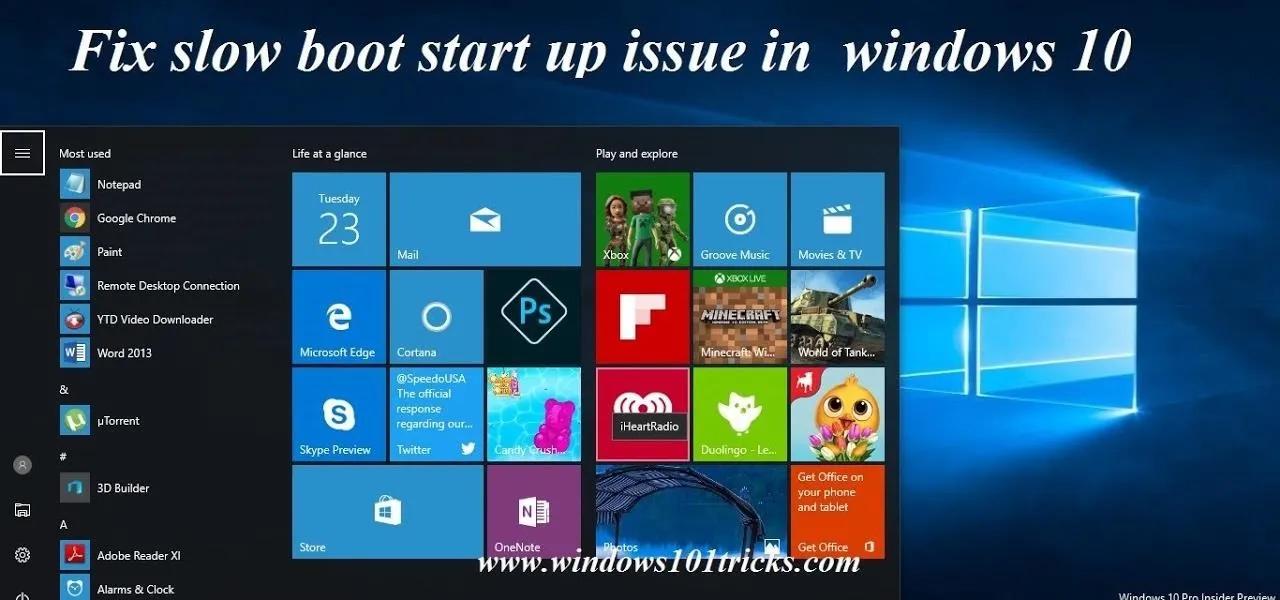
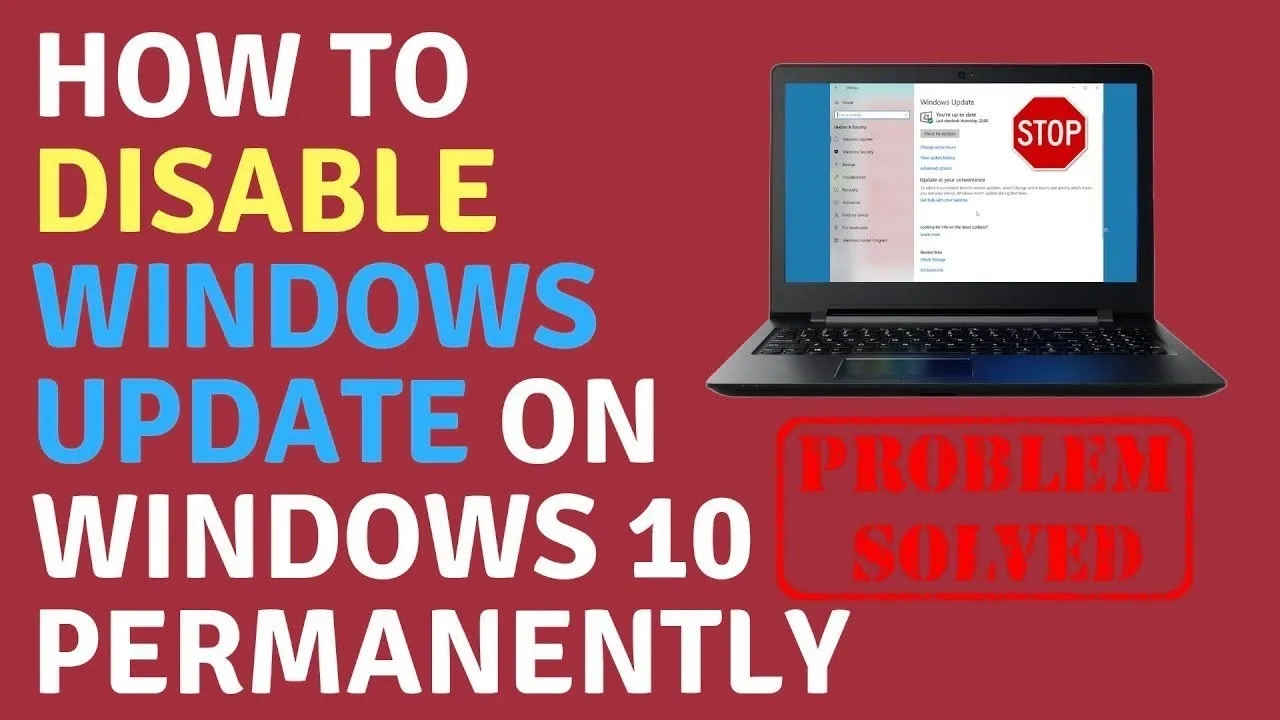
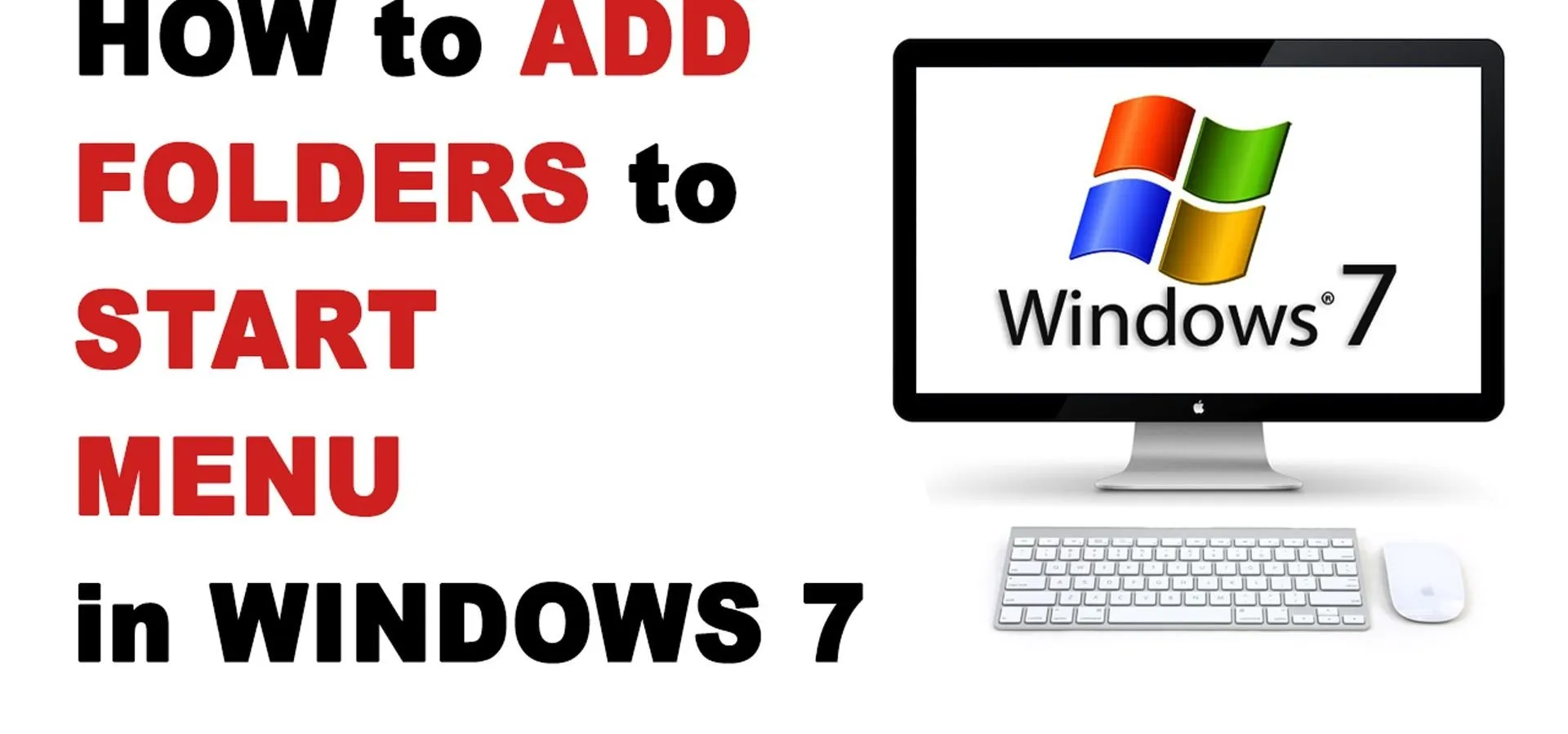
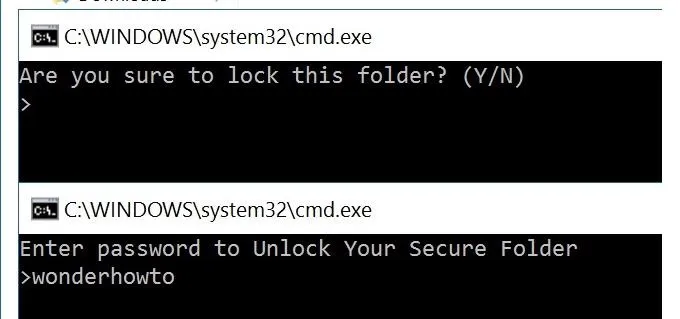

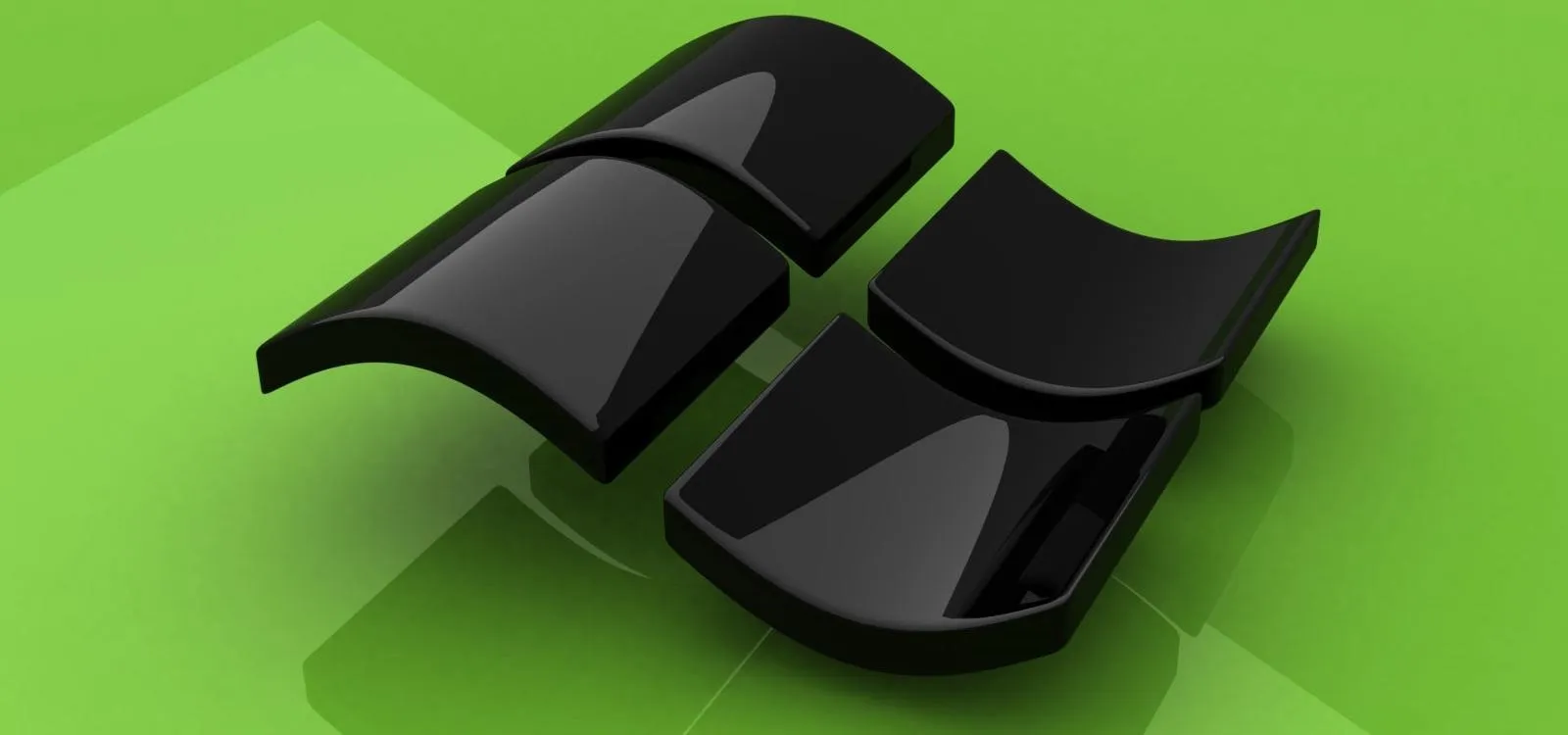


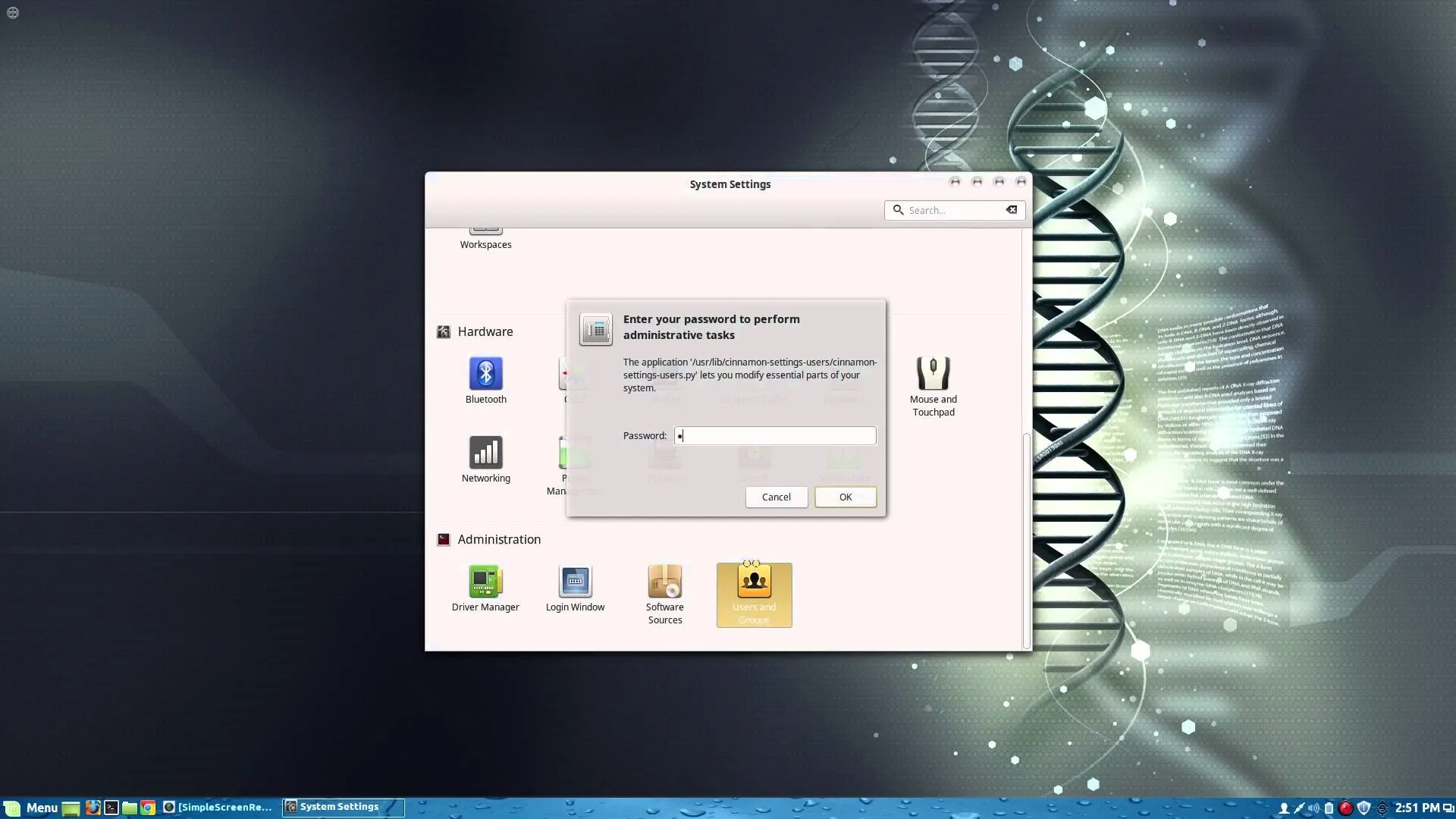
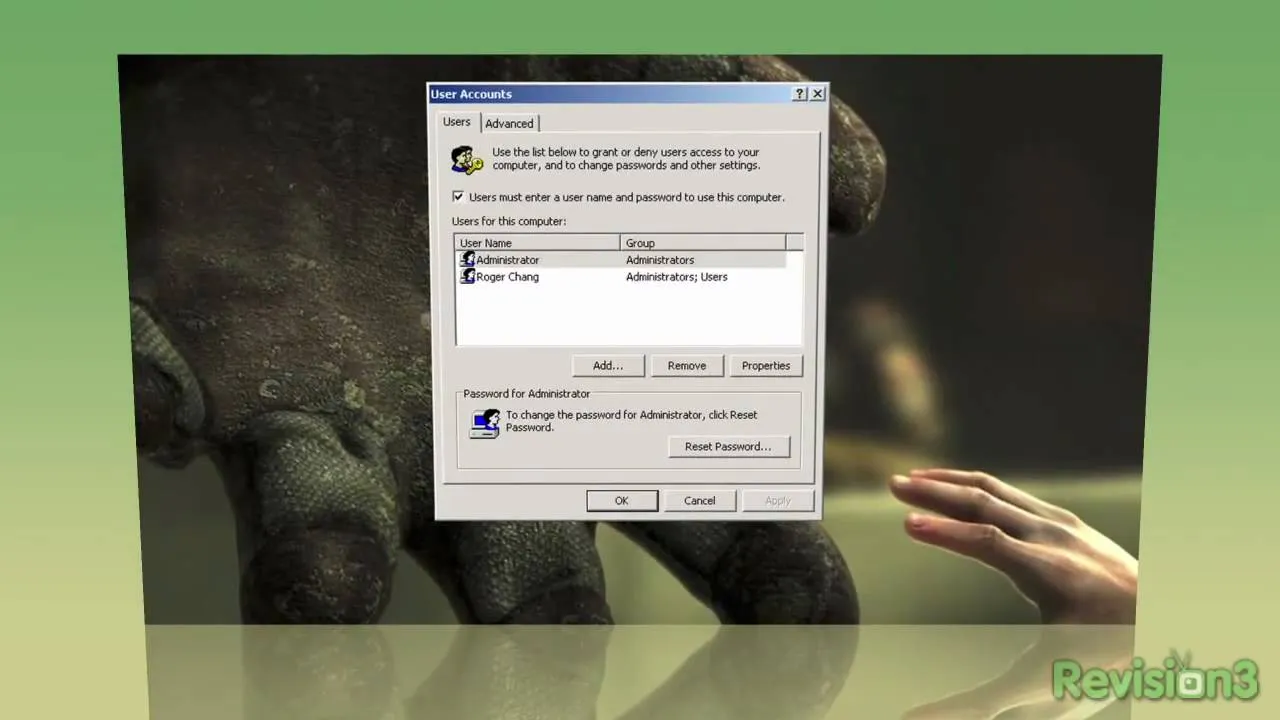

Comments
Be the first, drop a comment!